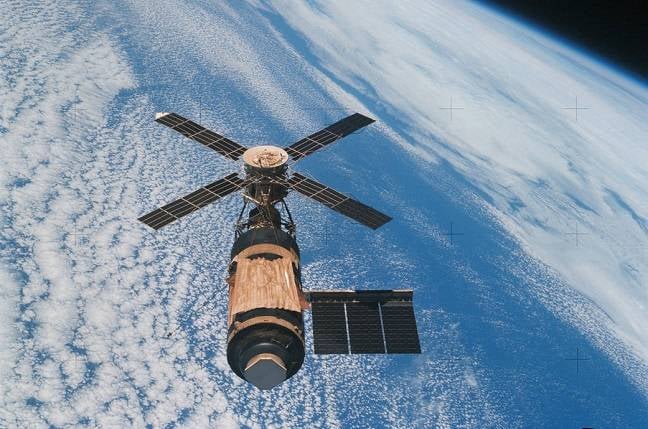This week marks a significant milestone in space exploration history as we commemorate the 50th anniversary of Skylab’s final crew departing the space station after an exceptional 84-day mission. Led by astronauts Jerry Carr, Ed Gibson, and Bill Pogue, Skylab 4 embarked on its journey on November 16, 1973, and returned to Earth on February 8, 1974. Although their duration record was eventually surpassed, their mission remains a cornerstone of space exploration.
Skylab 4 not only set a new benchmark for American crewed space missions but also signified the end of extended US spaceflights until the 1990s Shuttle-Mir program, which laid the groundwork for the International Space Station (ISS) we know today.
Beyond its duration, Skylab 4 made history in several ways. It boasted the largest all-rookie crew launched by NASA and conducted an impressive four spacewalks, demonstrating the crew’s expertise and the capabilities of the Skylab station.
However, the mission was not without its challenges. Communication issues between the crew and ground control garnered media attention, highlighting the intricacies of space missions and the importance of effective communication protocols.
As Skylab’s final crew bid farewell to the station, hopes for future missions were tempered by logistical constraints. Nonetheless, their last day onboard was marked by poignant moments as they completed final tasks and left behind tokens of their journey.
Upon returning to Earth, the crew’s homecoming received less media coverage than anticipated, reflecting shifting priorities at the time. Nevertheless, Skylab 4 remains a testament to human ingenuity and the spirit of exploration.
Looking back, the legacy of Skylab 4 continues to inspire curiosity and fascination about humanity’s journey beyond Earth. It serves as a reminder of our relentless pursuit of knowledge and discovery in the vast expanse of space.















































